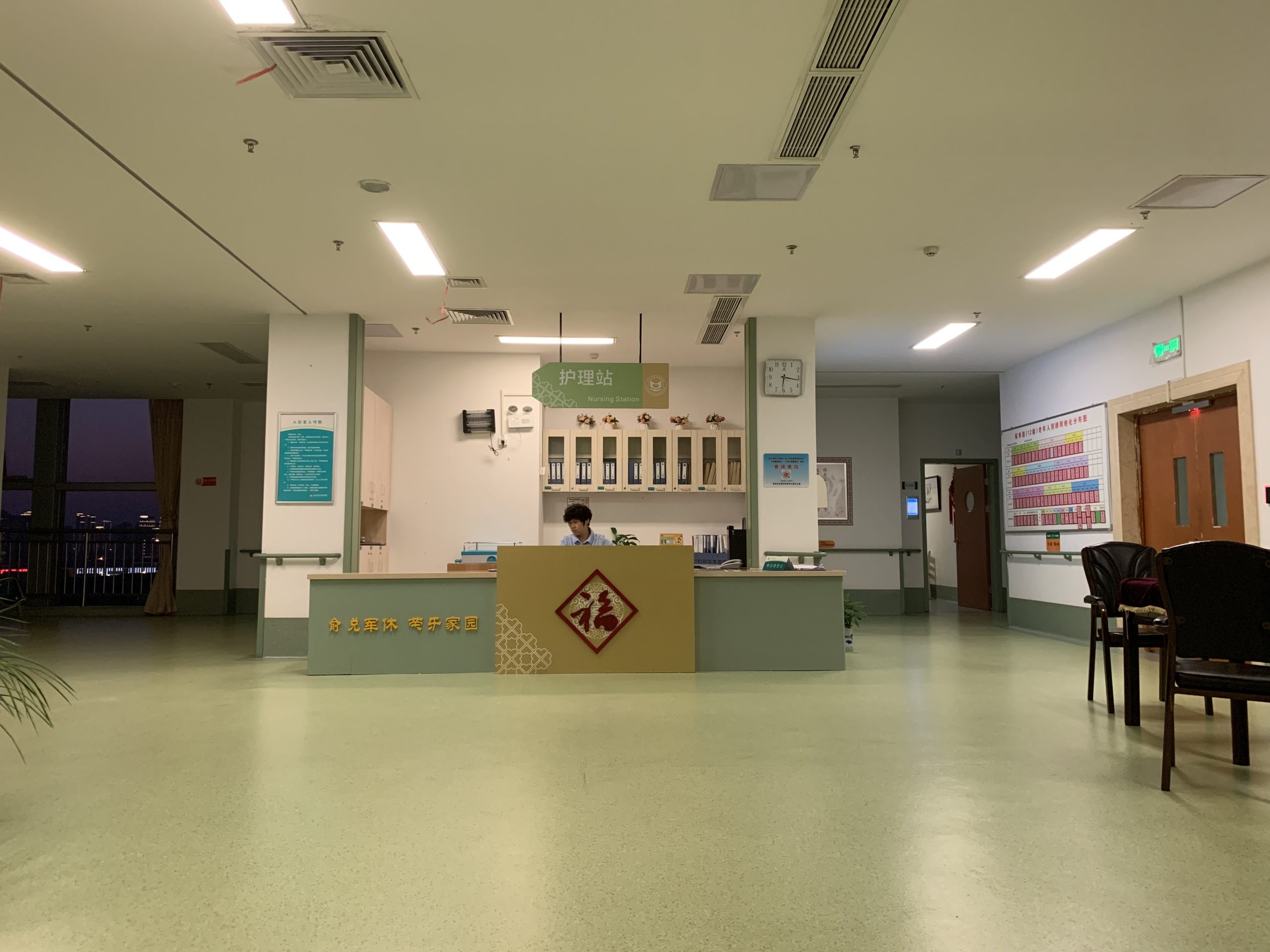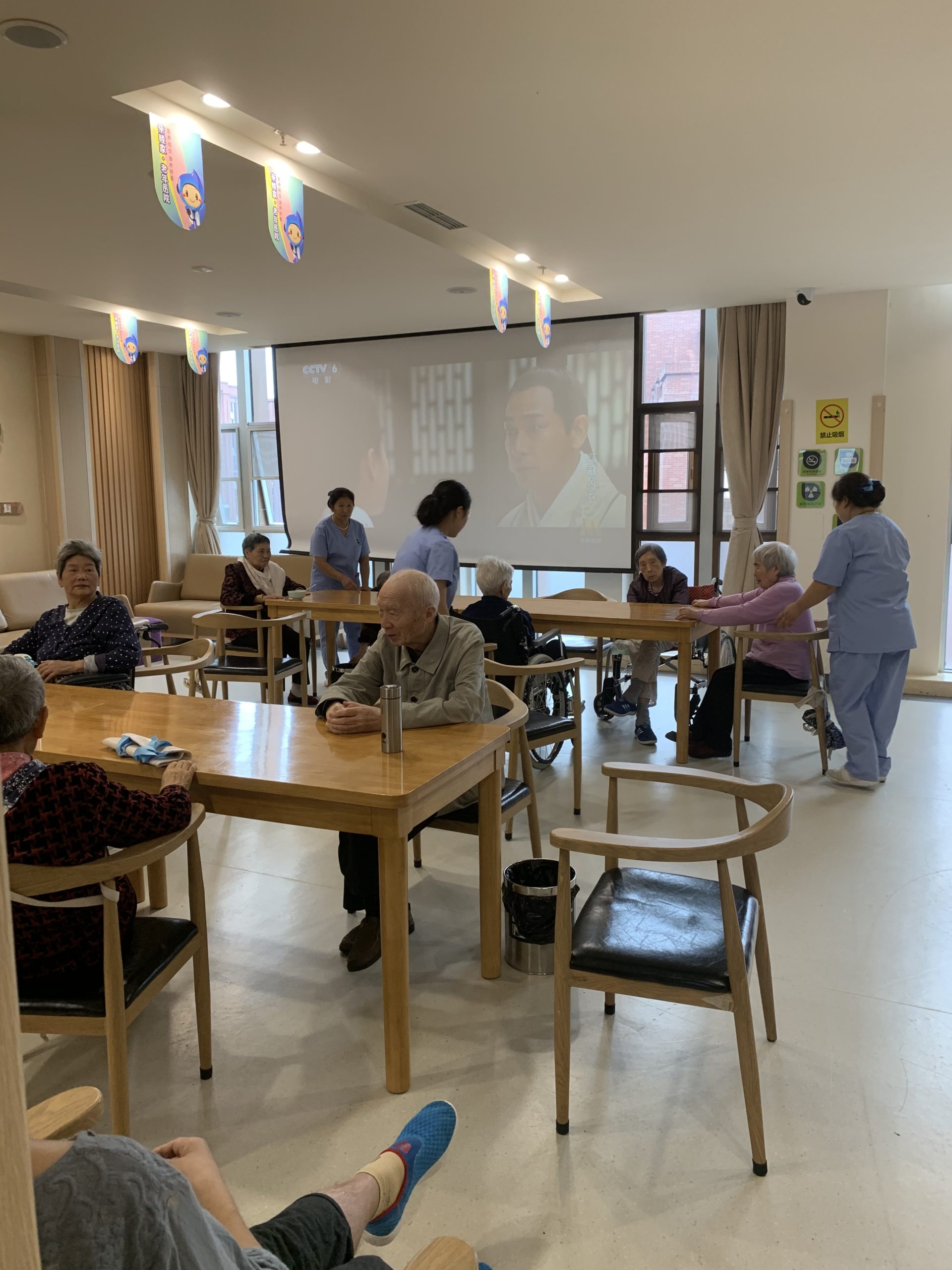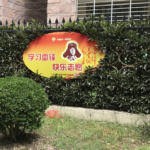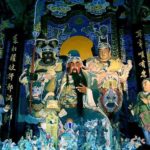Society for East Asian Anthropology
Jieun Cho
April 29, 2020
This piece is part of the SEAA series “An Anthropology of Ethics in East Asia.” The articles highlight different aspects of moral values and ethical practices in a range of Asian regions. They examine how individuals cope with societal changes such as environmental crises, nationalism, economic development, and mobility through lens of everyday ethics.
“I chose to not worry about radiation anymore, for as long as I stay living here; to live normally again for my children and my family,” said Kazumi, a mother of two children, who had decided to stop trying to move out of her neighborhood for the time being. Nine years after the Fukushima Daiichi nuclear disaster, I was listening to her confession of choosing to “live normally again” at a tea party for parents who were managing their anxieties in the face of long-term exposure to low-dose radiation in nuclear-affected areas. Employing the term “choice”, which has become all too familiar for people living in conflict-ridden areas that have not been evacuated (cf. Little 2019), Kazumi chose to give up “endless worries” as her own child-raising strategy. But what does this choice do for her in such an extraordinary environment? And what is this new normal life Kazumi is trying to make if it needs to be constantly chosen and confessed as such? Based on my ongoing fieldwork with families living with lingering post-Fukushima radiation, I take such choice as indexing an ethics of what I call balancing. Familial norms fail to provide actionable options when clearly the most effective way to protect children is to relocate to a risk-free elsewhere.
Kazumi lives in Koriyama City, one of the regions slightly outside the officially demarcated evacuation zone in Fukushima. In such a shadow zone, a life amidst unrecognized forms of nuclear risks has been effectively normalized with a newly introduced level of permissible radiation exposure—20 times the pre-disaster level for Fukushima. Although public debates over the long-term effects of low-dose radiation have escalated over time, amounting to what one may call science wars among ministries, academia, and citizens (Kimura 2016; Polleri 2019; Sternsdorff-Cisterna 2018), children’s health from the perspective of radiological protection has come to hold a central place in the imaginaries of biological vulnerability. However, those who have chosen to remain or return are left largely on their own with only limited help from central and local government (Lies 2017; McCurry 2017). Resources available for mitigating nuclear risks are differentially distributed along pre-existing lines of social, political, and economic inequalities; some could afford to leave while others were forced to make do by purchasing food from cleaner areas. Still others could scarcely afford anything. In a prolonged nuclear disaster, the matter at hand is not only the radioactive material itself, but also its construction as social facts, knowledge, and public feelings (see for example, Morris-Suzuki 2014; Hecht 2012; Masco 2008), all bearing on the actual lives of ordinary people.
Without doubt, living in the ruins of nuclear risk is a demoralizing situation for all the parents involved. Operating within the discursive domain of “family’s choice,” familial norms—specifically the injunction that parents should protect children until adulthood (Allison 2013; Borovoy 2005; cf. Doi 1973)—fail to provide actionable options when clearly the most effective way to protect children is to relocate to a risk-free elsewhere. Because they could not do this, the parents I encountered felt stuck and immobilized in the face of unavoidable risk, both physically and socially, and were struggling to raise children with limited resources outside the officially designated evacuation zone. In such moral struggles, “striking a balance” (baransu o toru, or oriai o tsukeru), to keep living, was a phrase I heard time and again in interviews and conversations, as a practical way to live through unwanted nuclear risks.
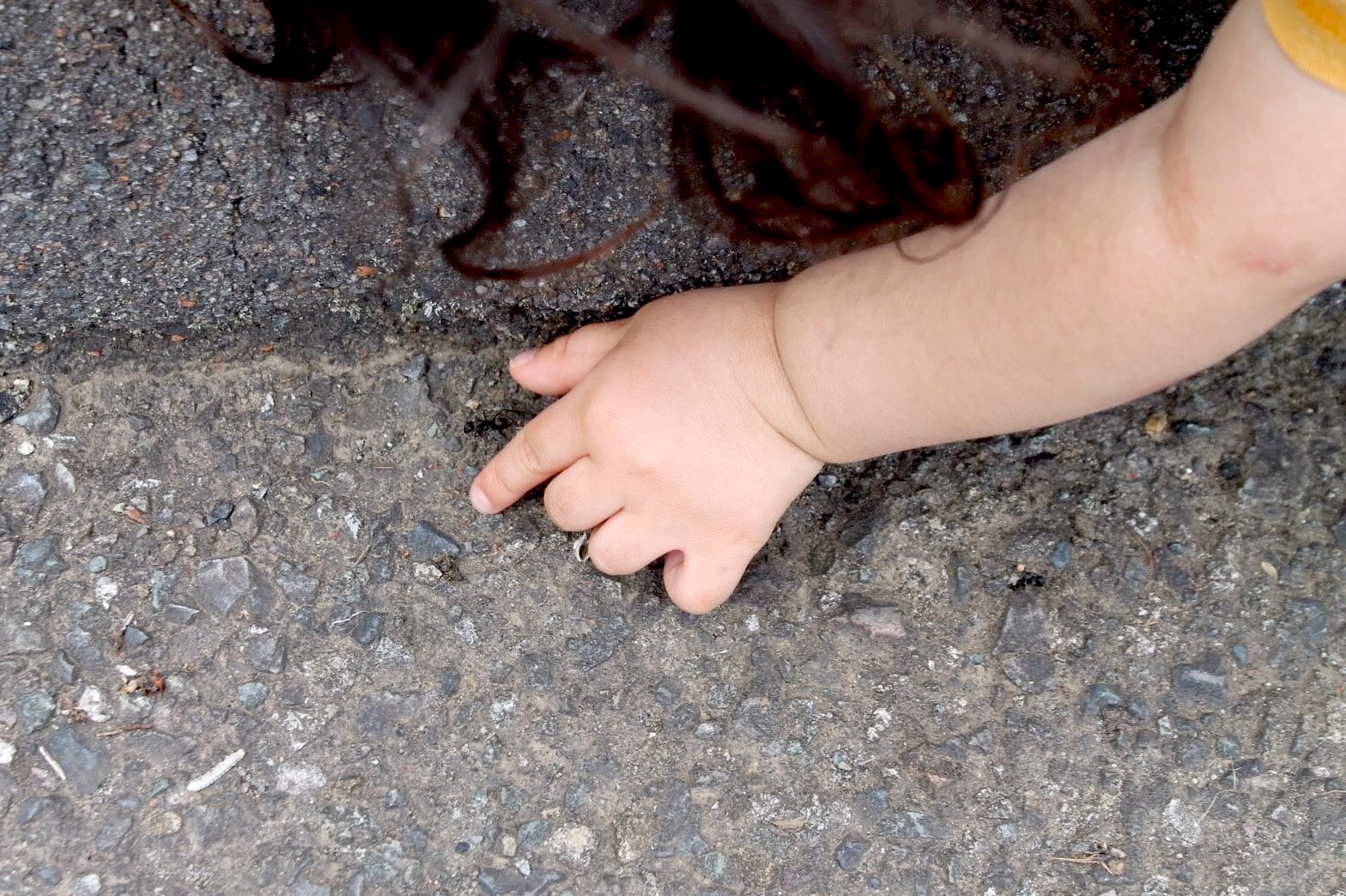
Caption: A three-year-old girl trying to catch an ant when allowed to play on the ground during a retreat for families from nuclear-affected areas. Jieun Cho
Like hundreds of thousands of others, Kazumi fled to the home of a relative in another city in Fukushima Prefecture after the disaster. As revealed by data that had been published over the following months, both her home and that of her relatives were exposed to the fallouts of radioactive iodine, which was recognized as the cause of childhood thyroid cancers after the Chernobyl disaster by the International Atomic Energy Agency in 1996 (for more on knowledge production surrounding Chernobyl, see Brown 2017). After returning home under a new standard of permissible airborne radiation (note here that other material forms of radioactivity like soil are discounted), she found with the help of an NGO that parts of her living environment measured 100 times the radiation of a pre-disaster estimate. Because she did not know what this would mean for her children’s health, Kazumi searched for information about the effects of long-term exposure to radiation on children of her son’s age, only to become more frustrated. Although experts diverge on how or even if prolonged exposure in shadow zones leads to ill health constituting the need for relocation (Normile 2011), all agree that distancing from the source of exposure is the best way to remain safe—an option unavailable to her due to her husband’s local business. After years of failed attempts to move out, she was left with “nothing but stress” and a deep sense of guilt towards her children. Her sons, then entering puberty, had started retreating into their own worlds. According to her, she was “infectious,” spreading “depression” in her family.
Kazumi decided to break off from this state by no longer worrying about how to live somewhere else, and instead, “to actually live.” As a parent, this meant accepting the premise that insulating her children entirely from any kind of radiation exposure, let alone removing the exposure that had already happened, was impossible. A risk-free body is out of reach, but a reasonably healthy body may be realizable, depending on how this is defined and pursued. What she could do was to “strike a balance” by, for example, not stopping her children from volunteering to help struggling farmers in more contaminated areas. Kazumi evaluated the change in her own children as “learning to be proud as children of Fukushima (by helping farmers)”—something that made them “healthier.” The mind (kokoro) here was less an individual psyche, but more a state of well-being gained from ongoing interactions with others. I heard many other parents echo this emphasis on balance “between the mind and the body” as they struggled to find a livable definition of health while staying in or returning to Fukushima for work, aging parents, children’s education, etc. The mind and the body are interconnected, and the connection is facilitated through engagement with the outside world (which entails risks for further exposure). Might one call this a form of “life lived as itself”? That is, life as “actualities” in which the means (action) and ends (health) are “one and the same?” (Lambek 2010). From Kazumi’s determination that her children can live well and even “healthier,” I see less the prospect of ill health, but more a striving for actively inhabiting a place of one’s own.
What strikes me is the vitality Kazumi gained from her choice to “actually live.” If she was static in her previous, demoralized view about her own situation, her new normal life is forged by her own acts of balancing like giving permission to her children to do various things—what she calls “compromise” (dakyō) in a somewhat self-deprecating manner. These gestures in the everyday bring forth a worldview that in turn orients her to the everyday amidst nuclear risks. Forging a way forward like this has gotten Kazumi out of her house after a period of dormancy, both physically and socially, experienced by so many parents after the disaster who “caged” their own children (Bird 2013; Hanai and Lies 2014).
Such a form of life may be helpful in considering alternative approaches to the two extremes of reproducing the assumptions of false consciousness and placing relentless faith in scientific truth claims, as is often observed in political debates surrounding environmental uncertainty (see for example, Ahmann 2019; Hochschild 2016; Taussig 2019). In the bipolarized discourses of human rights, state failure, or scientific causality in post-Fukushima Japan, people like Kazumi appear to embody a position that is overdetermined by multiple trajectories of injustice. However, this emphasis on her victimhood says little about how Kazumi’s own choice leads her to new points of struggle in her daily efforts to live through the very conditions of overdetermination. From Kazumi’s determination that her children can live well and even “healthier,” I see less the prospect of ill health, but more a striving for actively inhabiting a place of one’s own (see for example, Allison 2013; Mahmood 2005), despite all in the life of Kazumi and her children that cannot be lived properly. At least this form of life she has chosen is livable; a child can have a future within this life, albeit outside the prospect of a pure body.
Jieun Cho is a PhD candidate in cultural anthropology at Duke University. Funded by the National Science Foundation and the Social Science Research Council, her dissertation research concerns middle-class families who are trying to raise healthy children while living amidst low-dose radiation in post-nuclear Japan.
Cite as: Cho, Jieun. 2020. “Family in the Ruins of Nuclear Risk.” Anthropology News website, April 29, 2020. DOI: 10.1111/AN.1397
Copyright [2020] American Anthropological Association


